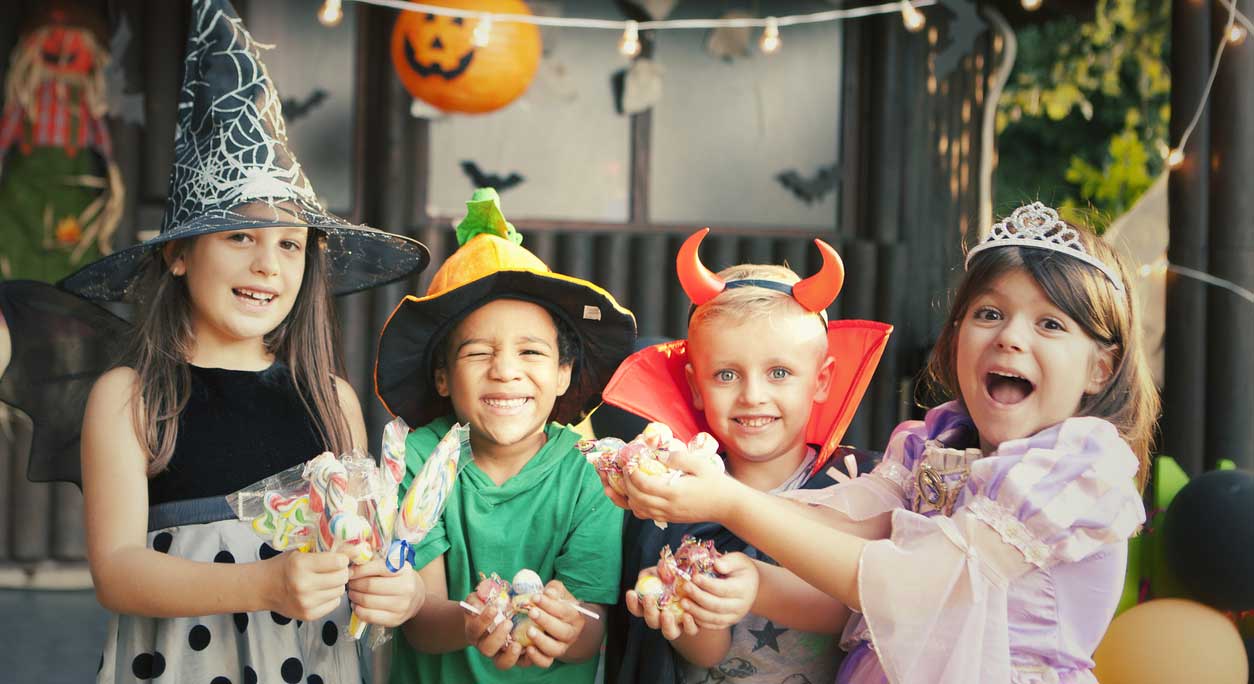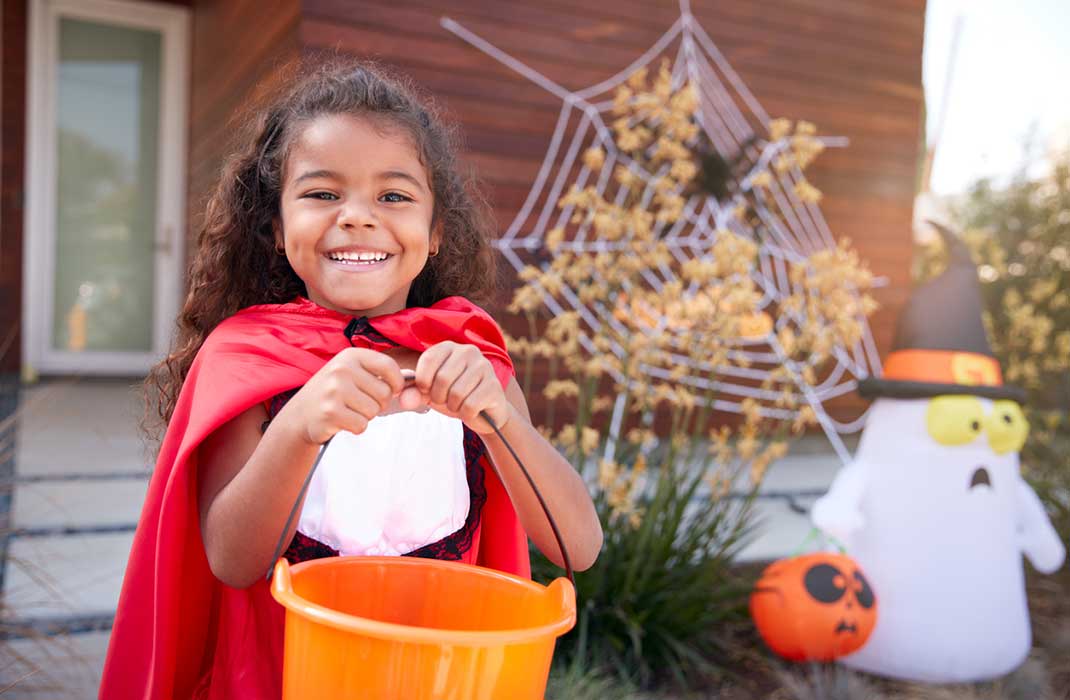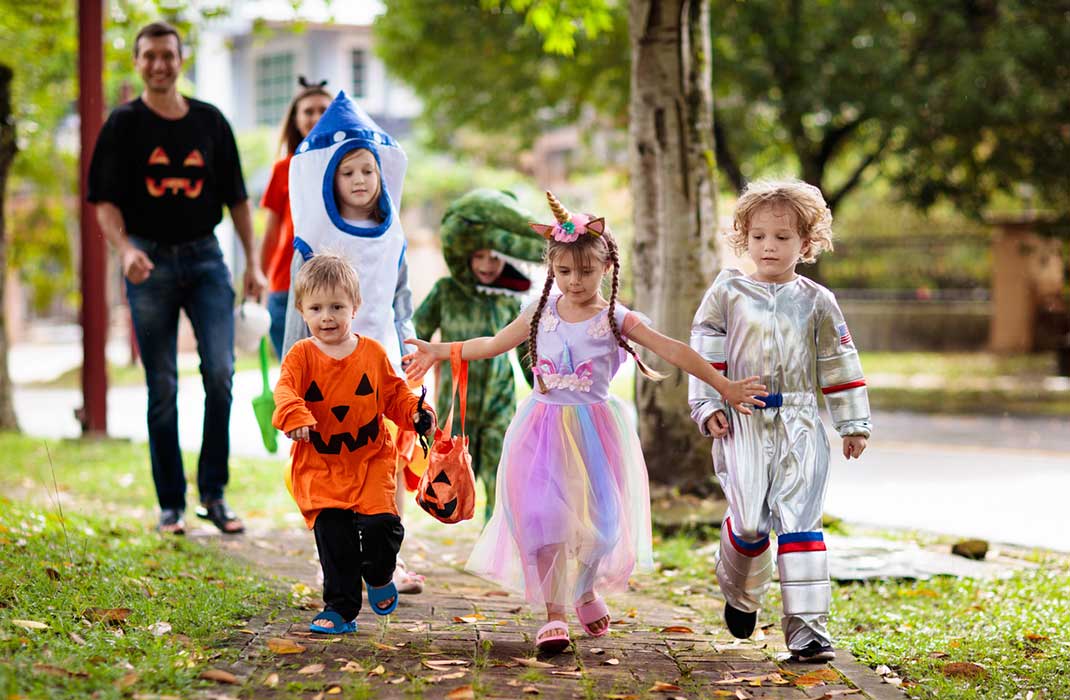-
- Find Care
-
- Visitor Information
- Find a Location
- Shuttles
- Visitor Policies
-
-
- Our Virtual Care Options
- Virtual Urgent Care
- Virtual Visits for Primary & Specialty Care
- Online Second Opinions
- Participate in Research
-
- Contact us
-
- For Innovators
- Commercialization Guide for Innovators
-
-
- Research News
- Alzheimer's Disease
- Artificial Intelligence
-
- Overview
-
- Overview
- Getting Started
- New to Mass General Brigham
- International Patient Services
- What Is Patient Gateway?
- Planning Your Visit
- Find a Doctor (opens link in new tab)
- Appointments
- Patient Resources
- Health & Wellness
- Flu, COVID-19, & RSV
- Billing & Insurance
- Financial Assistance
- Medicare and MassHealth ACOs
- Participate in Research
- Educational Resources
- Visitor Information
- Find a Location
- Shuttles
- Visitor Policies
- Find Care
-
- Overview
- Our Virtual Care Options
- Virtual Urgent Care
- Virtual Visits for Primary & Specialty Care
- Online Second Opinions
-
- Overview
- Participate in Research
-
- Overview
- About Innovation
- About
- Team
- News
- For Industry
- Venture Capital and Investments
- World Medical Innovation Forum (opens link in new tab)
- Featured Licensing Opportunities
- For Innovators
- Commercialization Guide for Innovators
- Contact us
-
- Overview
- Information for Researchers
- Compliance Office
- Research Cores
- Clinical Trials
- Advisory Services
- Featured Research
- Two Centuries of Breakthroughs
- Advances in Motion (opens link in new tab)
- Brigham on a Mission (opens link in new tab)
- Gene and Cell Therapy Institute
- Research News
- Alzheimer's Disease
- Artificial Intelligence
-
- Overview
-
- Overview
- Residency & fellowship programs
- Brigham and Women's Hospital
- Massachusetts General Hospital
- Mass Eye and Ear
- Newton-Wellesley Hospital
- Salem Hospital
- Integrated Mass General Brigham Programs
- Centers of Expertise
- Global & Community Health
- Health Policy & Management
- Healthcare Quality & Patient Safey
- Medical Education
- For trainees
- Prospective trainees
- Incoming trainees
- Current trainees
- Continuing Professional Development
10 Halloween Safety Tips

Halloween is a creepy-fun holiday for kids, but it can also be full of hazards for your little ghosts, witches, and superheroes.
“Halloween is a super fun night, and it’s certainly one of my favorite nights of the year. We don’t want to take the fun out of it for kids, but there are some important health and safety risks to be aware of during and after trick-or-treating,” says Jennifer Hanson, MD, a Mass General Brigham for Children pediatrician who cares for patients at Massachusetts General Hospital.
You and your kids can have a safe Halloween by taking a few simple steps and staying vigilant. Dr. Hanson discusses safe trick-or-treating, costumes, and other safety tips for Halloween:
1. Carve safely (or not at all!).
It goes without saying that children should never handle sharp knives, and parents and caretakers should always assume pumpkin carving duties. But there are ways to avoid sharp blades completely.
“Have kids decorate pumpkins with paint and stickers instead of carving them,” suggests Dr. Hanson. They can create all kinds of detailed and unique designs. Just be sure the paint is nontoxic.
2. Beware of fire hazards.
Many people use candles in their jack-o’-lanterns, but costumes, kids, and flames are a dangerous combination — a risk for fires and burns. “I strongly suggest using battery-operated candles or short strings of twinkle lights instead of lit candles,” says Dr. Hanson.
On a similar note, she also cautions against any costume pieces that may be flammable. “Make sure your kids’ costumes are made of only flame-resistant materials.”
3. Make costumes safe.
4. Be seen on the streets.
5. Be alert behind the wheel.
If you’re driving on Halloween, you have an extra responsibility. “Children are more than twice as likely to be hit by a car on Halloween night,” says Dr. Hanson. “Kids are excited, so you need to expect they’ll be running and moving around more erratically than usual.”
She offers these safe driving tips:
Drive slowly.
Stay off your phone.
Take extra time at crosswalks, stop signs, and traffic lights.
Turn on headlights even before it’s fully dark.
Watch for kids running out between parked cars.
6. Avoid alcohol.
Adults should never drink and drive, but Dr. Hanson strongly recommends avoiding alcohol completely on Halloween, even if you’re walking. “It’s just not a night to indulge in anything that could impact your ability to be alert,” she says.
7. Don’t be distracted.
Excited kids will be less attentive — and more unpredictable — than usual, so it’s your job as the adult to be extra vigilant when out trick-or-treating.
“There should be no phone use while you’re walking,” says Dr. Hanson. “It’s just too easy to get distracted when you have your phone in your hand.” And if you’re walking with other adults, be careful not to get too caught up in conversation.
8. Stick together.
If older kids are going trick-or-treating on their own, it’s important that parents know where they’ll be. “Make sure everyone agrees on the route,” says Dr. Hanson. “And then make sure they know they need to stick together. Don’t leave anyone alone.”
Also remind older kids to stay off their phones, pay attention to their surroundings, and watch for cars.
9. Inspect all candy at home.
It’s tempting to let kids start munching on treats from the trick-or-treat bags while you’re still out, but it’s important to inspect all the candy before letting kids dive in.
“There are a few concerns here,” says Dr. Hanson. “On Halloween night, there’s usually a spike in emergency room visits because of food allergy exposures in candy or homemade treats. Even though people may have good intentions with homemade goodies, it’s best to toss them out because you can’t know for sure what’s in them.”
Wait until you’re home and spread out the candy in a well-lit room. Check for:
Allergen ingredients
Homemade or unwrapped treats (discard them)
Small candies that may be choking hazards for younger children
10. Avoid tummy aches.
Nothing kills a fun holiday like tummy trouble, so encourage kids to take it easy with their Halloween haul. “If kids eat too much candy, they will absolutely end up with a stomachache,” says Dr. Hanson. “Too many sweets can also cause constipation, nausea, and vomiting.”
Be sure to monitor and limit the amount of candy kids eat on and after Halloween to avoid ruining the fun.
“On Halloween, take the right precautions, but don’t forget to enjoy yourself,” says Dr. Hanson. “It can and should be a really fun night for kids and adults alike.”

